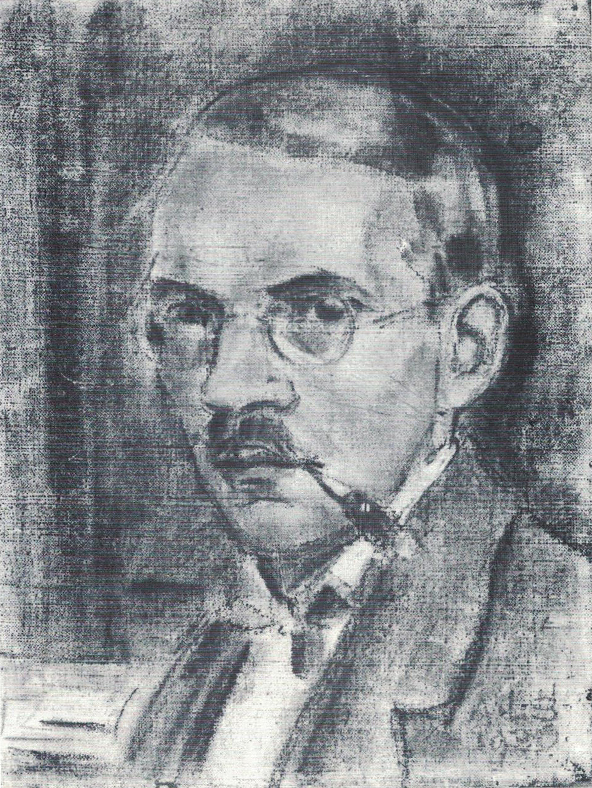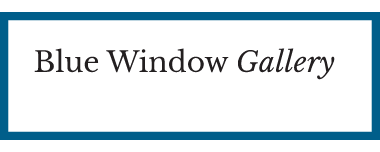Schmitt August Ludwig

Daxlanden, 1882 - Stuttgart, 1936
The Life
August Ludwig Schmitt was a German painter and graphic artist born in 1882 in Daxlanden, Karlsruhe, Germany. He spent a happy and fulfilled childhood there, full of impressions of nature, which in his later memories and pictures would appear again and again.
The Art
His works reflect the values and techniques of the Impressionist & Modernist movements. He created art using a vast range of mediums, such as pastels, oil pastels, lithographs, mosaics, watercolors, but his preferred technique remained the oil painting. The first artwork signed by him to be offered at auction was Aus dem abstrakten Farbkreis at Nagel Auction, only in 2012.
A lifelong learner
At the age of 11, after the early death of his father, he moved to Karlsruhe. There he attended primary school. Between 1900 and 1912, Schmitt undertook many courses and trips to study. His role models at that time were: The Impressionists, and above all Delacroix, Marées, Manet and his subsequent teachers Schmid-Reutte and Friedrich Fehr. In 1902 he graduated from private art classes in Karlsruhe and in Sulzbach an der Murr, then he studied under Friedrich Fehr at the Art Academy in Karlsruhe. Here he mostly painted landscapes, portraits, and for the first time - also nudes, which from then on would make up a large part of his artistic work.
As a student, he undertook his first study trip to Paris in 1904 - 1905. About those times he states: „I began to paint some life-size and also smaller nudes, in which I tried to give color and form to a woman and to create a composition. It was a fight, tough and enduring, sometimes bitter. Manet's Olympia and Titian's Danaë shone as models for me, but at that time I still lacked full knowledge of the artistic means….”. Then in 1906, he resumed his studies under Friedrich Fehr in Karlsruhe, with whom he undertook a several months long study trip to Spain and Morocco, to study the works of Velasquez. In addition to Velasquez, he was particularly attracted to Goya, whose bizarre paintings he loved the most, and Greco. Seeing Greco, as he says himself, the essence of colourism dawned on him. In the meantime, he was also captivated by the masculinely harsh Ribera and the gloomy Zurbaran. He continued his studies under Ludwig Dill in Karlsruhe, where studies of Hodler, Gauguin, and Cézanne lead him to a liberal, if more subdued, use of color. In 1909 he moved to Stuttgart and became a postgraduate student of Adolf Hölzel at the Art Academy in Stuttgart. His euro-journey ended with a trip to Amsterdam, followed by the Eifel Mountains (Germany). Between 1912 and 1914 color finally entered his paintings with force. During this time, wonderfully luminous compositions with religious content, portraits and landscapes in magnificent two- and three-tones were created. In 1913 he participated for the first time in the Great Art Exhibition in Stuttgart. In this period he described his work as „free design with mastery of the artistic means, but with the greatest conceivable knowledge of natural forms and their organic structure. Free shifting from human, to animal and to plant forms, regardless of the randomness of natural coloring and lighting… The artistic creation is clamped between two poles: nature and abstraction. The artwork shines in the arc between the two poles.” Schmitt always strived to achieve this ideal, which rejects realism as well as non-representational painting.
Creating art even on the battlefield
Schmitt undertook military service in France, Romania and Italy from 1915 until 1918, not only as a soldier, but also as a war artist. In 1918 he married Stefanie Köhrer, an artisan. The new couple lived in Todtmoos, then moved to Inzigkofen. In Todtmoos he created magnificent landscapes in oils and watercolors in subdued, but harmonious pigments, in a relaxed painting style. The brushstrokes have become more sensitive and the colors have become lighter. Beginning with 1923, he participated with works in various exhibitions, such as the exhibition called „Hölzel and his circle” and other collective exhibitions at the Karlsruhe Art Association or at the Great Swabian Art Show in Stuttgart in 1925.
From student to teacher
One of his major accomplishments was that, through the help of Adolf Hölzel, he founded The Free College of Art in Stuttgart, where he had a rich teaching activity. During this period, his art changed again, his colors became stronger again, the forms achieveing a high degree of abstraction, at least in detail. At the same time, the composition of his paintings became even firmer and clearer.
In 1930, together with artists Paul Kapell and Marusja Foell, he founded the Jury-free Artists Association in Stuttgart („Stuttgarter Juryfreie”). Sadly, after 3 monumental exhibitions, in 1933 the Jury-free Artists Association was resolved. Under the politics of the Nazi regime, the Free College of Art in Stuttgart suffered as well. Between 1934 and 1936, Schmitt worked in seclusion. In this period he created a series of bright landscapes, which can point to his desire to escape to harmless themes, due to the great political pressures of that time.
In November 1936, full of hope, with faith in his creation, he unexpectedly died in Stuttgart as a result of an operation. Although with his oeuvre suddenly interrupted, his work was continuously presented in exhibitions in Germany and Holland.

